We Are Who We Are
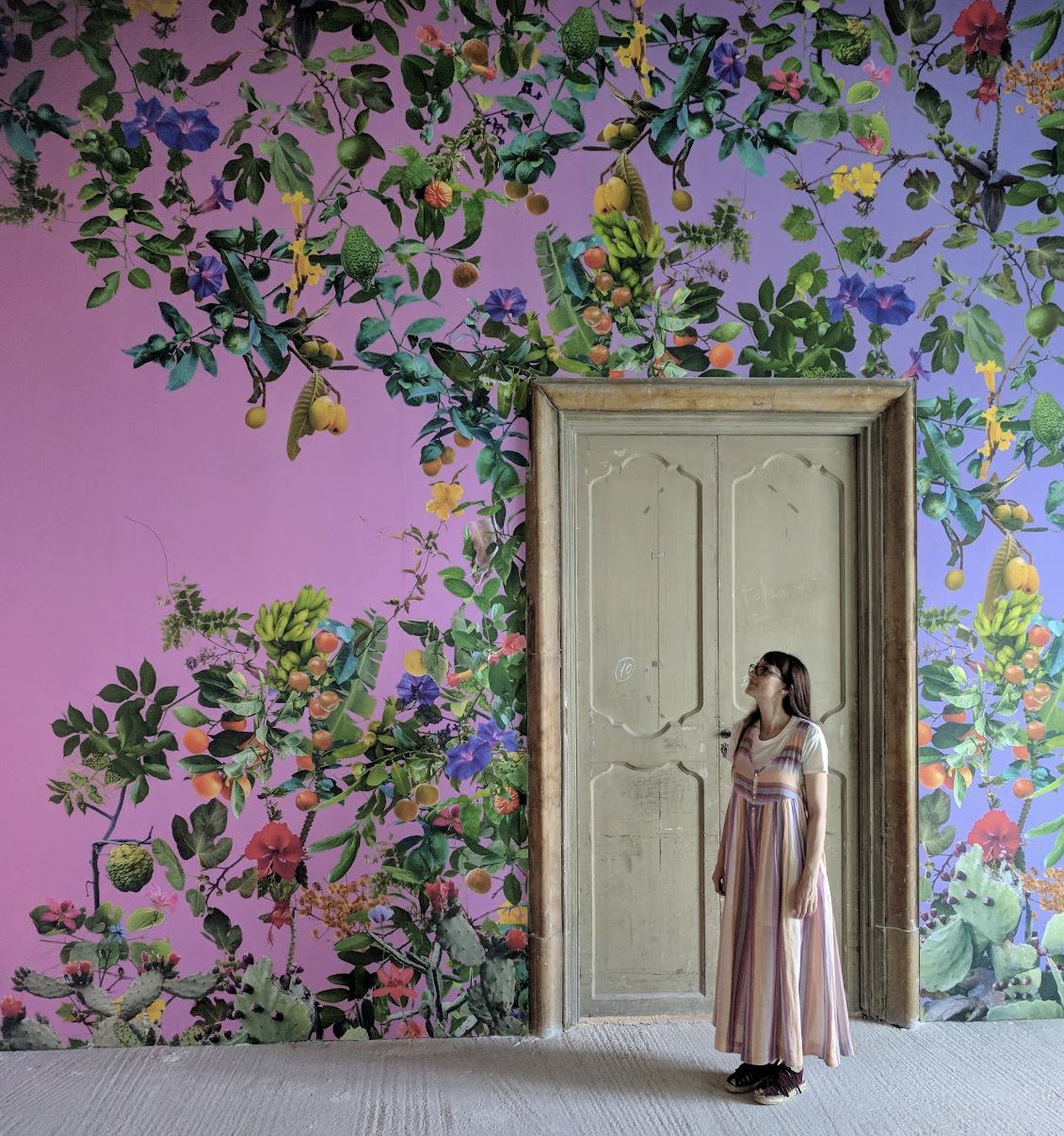
Or how I became the designer I am today
You can travel thousands of miles aways from your birthplace as I did, expanding your knowledge and perspectives, and yet the unique roots of who we are will always be there, present, silent, and influential.
I grew up in a hilly village right in the middle of Sicily. No international attractions, no tourists; only expats returning for the holidays, local artisans and a pervasive sense of magical realism oozing through all aspects of daily life. Craft and witchcraft, the practical and the spiritual, the concrete and the immaterial.
My father would build houses, my grandmother would perform rituals with oil, water, and candles to get rid of migraines, bad lucks, or suspected evil eyes. Everyone else in the village would be specialized in some crafts such as embroidery, sewing, metal, or wood work and would probably know a spell or two, or who to contact in case they needed some magic.
I'm not the only one to see this connection: Alexander Langlands in his beautiful book Cræft details the story of the term and its unfortunate misconception. To be crafty is also to be a little witchy, at least to those that don't understand the connection between creativity, materials, making things with your own hands, and being resourceful with what is available around you.
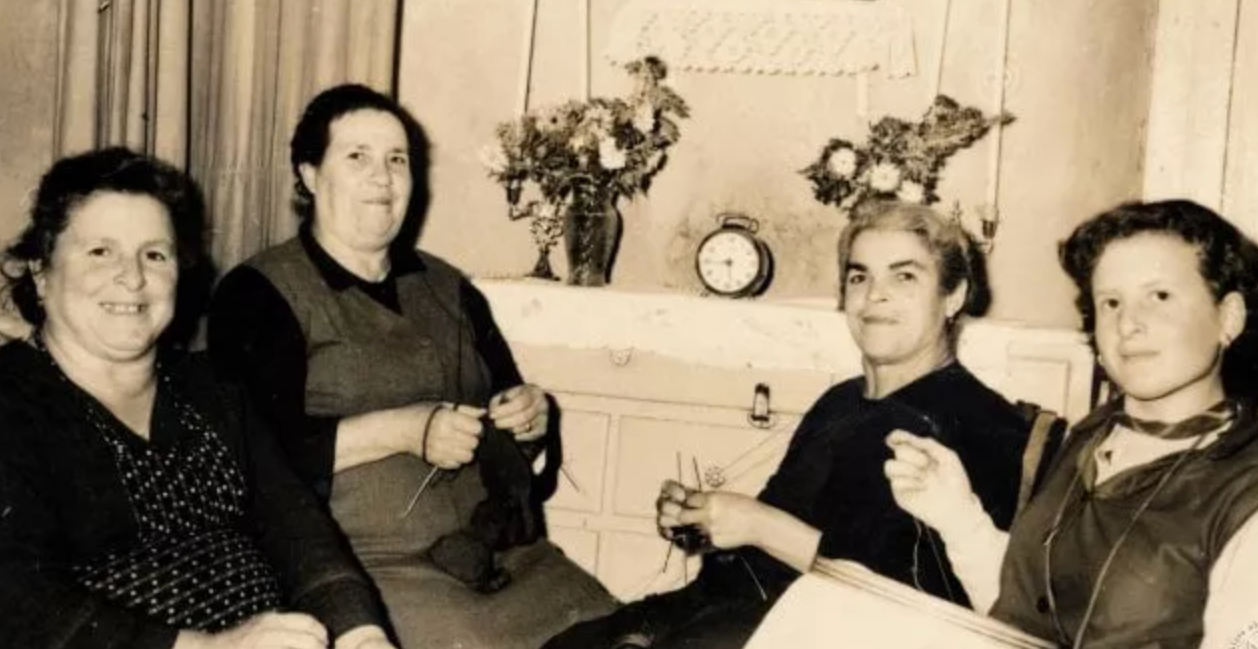
I left Sicily to continue studying Painting and Art History at the Academy of Fine Art in Florence but the crafty attitude stayed with me. Florence was the first otherness I encountered and it expanded my perspective from the praxis of making to the conceptual intentionality of contemporary art.
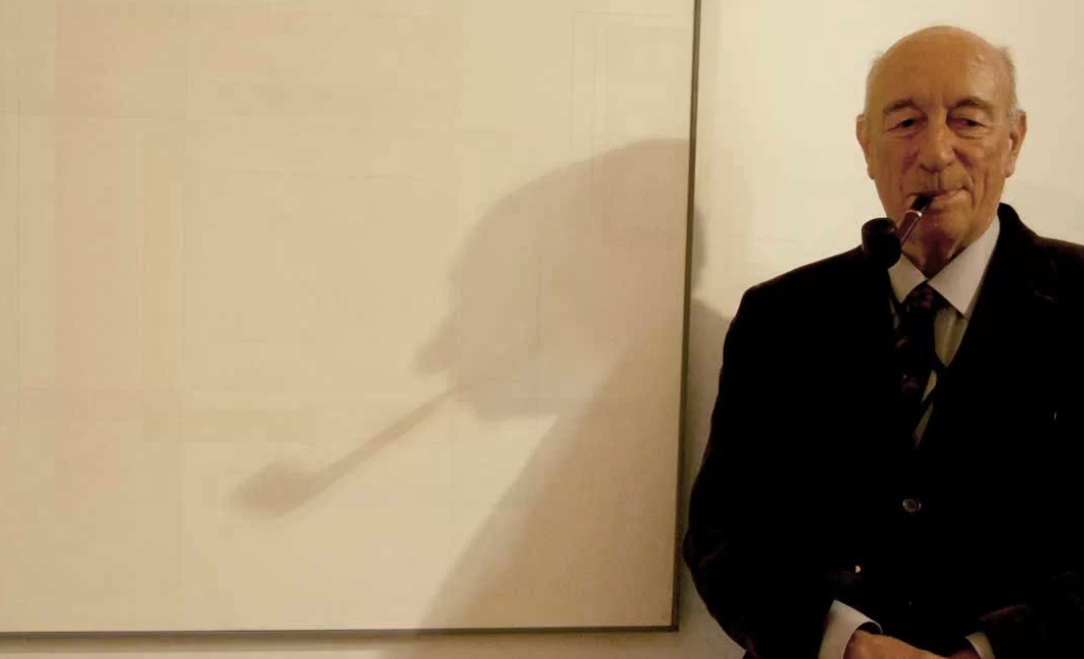
My painting teacher, Riccardo Guarneri would not talk much to us student but we learned quickly that his bellino, uttered between puffs at his pipe, would mean, 'start again from scratch'. His philosophy, inspired by Italo Calvino's Le Città Invisibili (Invisible Cities), was simple: reduce the visual language to juxtapositions of simple shapes, and shades of white, to focus on the essence, not the representation. I did it and I became good at it but my hands still needed something concrete to work on, so I bought a sewing machine.
My first project with it was trying to make a new garment every day. Similar to paintings, clothes were about textures, colors, and practice. I soon started a zine, Casa Morbida, and I eventually convinced my Art History teacher, Laura Vecere, to help me write my final dissertation on the intersection of art and clothing, Abito & Artista.
Florence wasn't only about Art History and Fashion Design. Around the early aughts the city was also brimming with design, music, contemporary, and theater.
Designer and professor Edoardo Malagigi was one of the catalysts bringing new and provocative Design inside the old Academy of Fine Art. He was teaching labs with no limit on creativity and focus on sustainability, community and materiality. Our projects with him would span from building furnitures with discarded materials to collaborating with local businesses on ecological matters. Once again my hands were making things, but each passage the horizon of what craft and creative practice means was expanding a little bit.
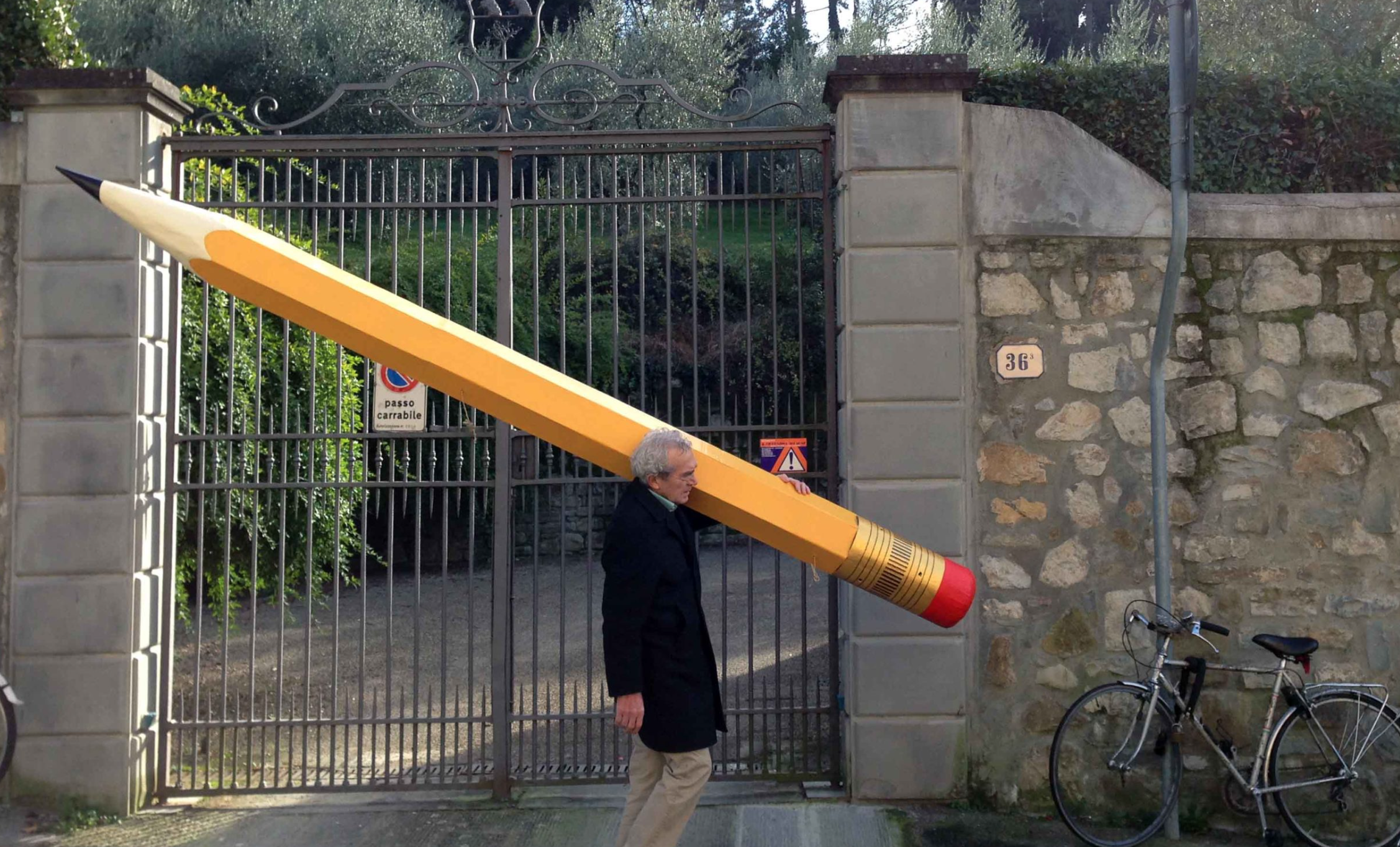
Edoardo had a gift for spotting like-minded people and connecting them together. He would held dinners with us students, often with a pasta we would jokingly refer to as dirty socks (thanks to the abundant gorgonzola cheese), and he would slowly guide us in discovering our interests and how to act in the world beyond the academy classroom.
Freeshout, FREeS.CO, and Equipe Creativa were all design and art collective born during those dinners and eventually taking roots across Tuscany with festivals and performances. As one of the founding members I detailed the plan for our first event and presented it with Federico D'Orazio to the local city council. To our surprise the city of Prato gave us free rein to take over and re-imagine an old abattoir in an hub for international creativity.
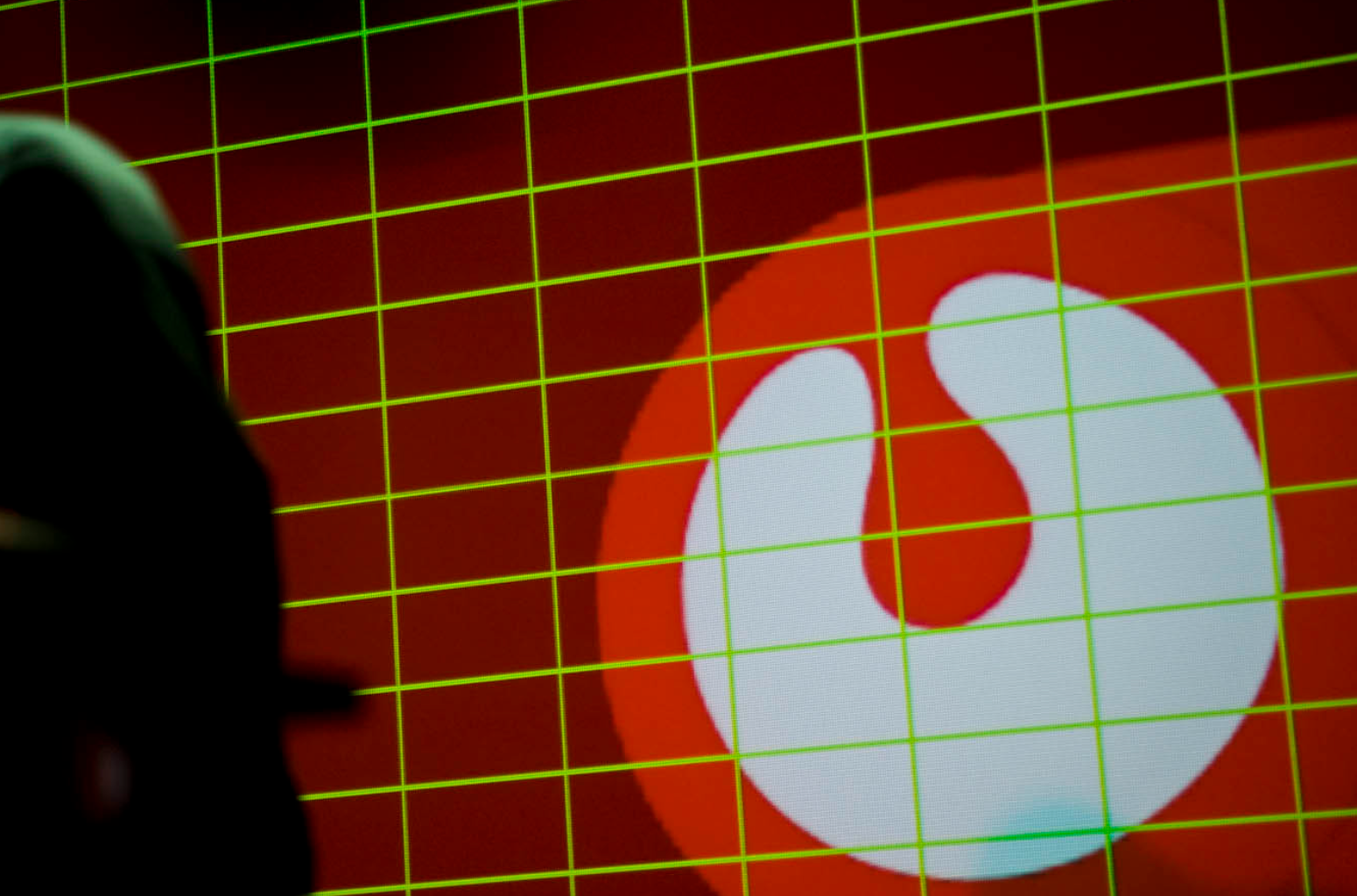
Craft, painting, clothes, and now spaces... The first edition of FREeSHOUT!? - independent Festival of New Contemporary Art took place from 23/6/2002 to 29/6/2002. The event was well received also by the artists and designers like Emilia Telese, Tim Mark Didymus and Riccardo Rami to mention a few. There was no limit to our expression, in fact, as a collective we continued with other projects in the intersection of fashion, interior design, sustainability given the use of recycled material and art curation.
Our community work continued for the next 2 years but in July 2004 it was time for me to pack and leave for my first art and design experience abroad. EU students have a chance to apply during their studies the Erasmus Program and spend a semester as a visiting student in another university. Unbeknownst to me until the university call me back to finalized the paperwork, I was the first student to apply to the Taideteollinen korkeakoulu (TaiK, today known as Aalto University.) in Helsinki, Finland. Maybe not the most obvious choice but an consequential one.
I moved to Helsinki in July 2004 and for half a year I immersed myself in a curriculum of studies that I was able to personalize according to my interests: textile design, costume design, site-specific art installations and art performances. What struck me the most was the approach of one particular teacher, Marjatta Nissinen, a costume designer, who taught how to take learnings from the Finnish Folklore and apply them to the design of modern garments. Her class was in fact titled Remembering the Future – Studies and experimentations with Finnish folk tradition. I studied with her for the entire duration of my stay in Helsinki. I travelled to the remote islands of the Finnish archipelago, learn traditional fishermen sewing techniques and apply them to my art projects.
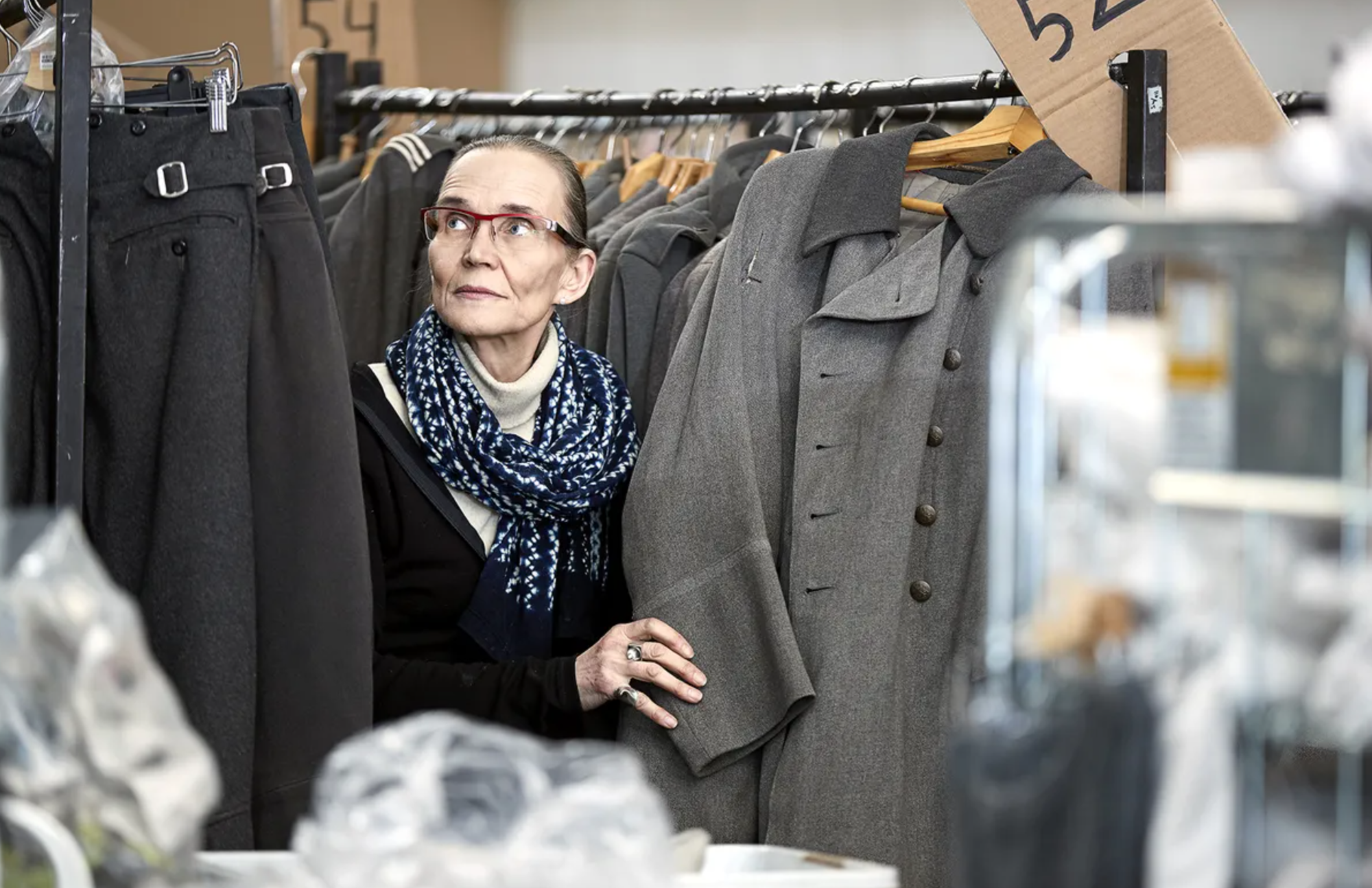
Helsinki was also a hub of technological innovation with Nokia being the dominant company in telecommunication and mobile phones. The dots were connecting further and getting closer to draw a personal map from my roots in Sicily to my future career as a multidisciplinary designer.
After coming back to Italy and graduating from the Academy of Fine Arts I decided once again to pivot my studies and started a Master in Interaction Design at IUAV, University of Venice, Italy under the guidance of interaction design pioneers Gilliam Crampton Smith and Philip Tabor.
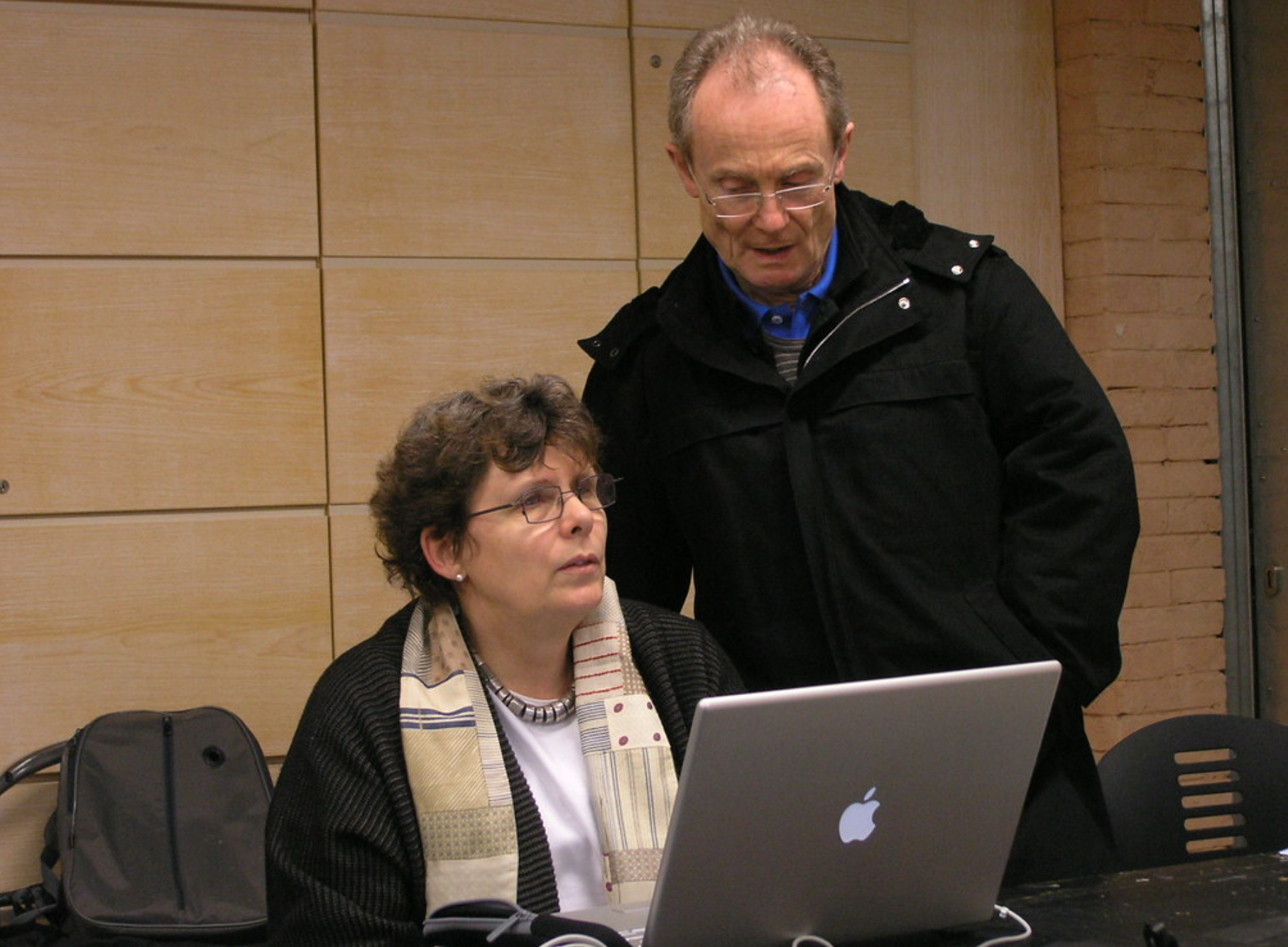
After their experiences teaching at the Royal College of Art, and the Ivrea Institute of Interaction, they started a new Interaction Design Lab in Venice and I was among the first small batch of students joining them.
In their own words,
Interaction design is the design of the interaction between people and devices, systems or services. This interaction usually involves the ‘new technologies’ of computing and communications. But interaction design remains a creative activity – like architectural, graphic or product design. And it concerns the social value and cultural meaning of what is designed, as well as its functional efficiency and aesthetic appeal.
It was a new practice and a new set of intellectual and practical tools to apply but at this time we were at the cusp of the mobile tech explosion and the exponential growth of web tech and design that defined the last 2 decades.
I was exposed to new methodologies which combine research, prototyping with different medium included coding and ambient sensors, open crits and presentations, direct collaboration with users and industry experts, and ultimately exhibitions with functional prototypes. My focus soon converged at the intersection of places, senses and radio communities and my final dissertation was titled Sketchatune, where I collaborated with several local radios and DJs to imagine a new Web Radio community.
Gillian and Phil also built a strong community around their lab, connecting students and turning Venice into an international destination for multi-media artists and interaction designers. The late (and never forgotten) Andy Cameron started teaching creative coding classes with Processing in our lab and eventually decided to move to Italy and became Creative Director of Fabrica (Benetton's creative lab).
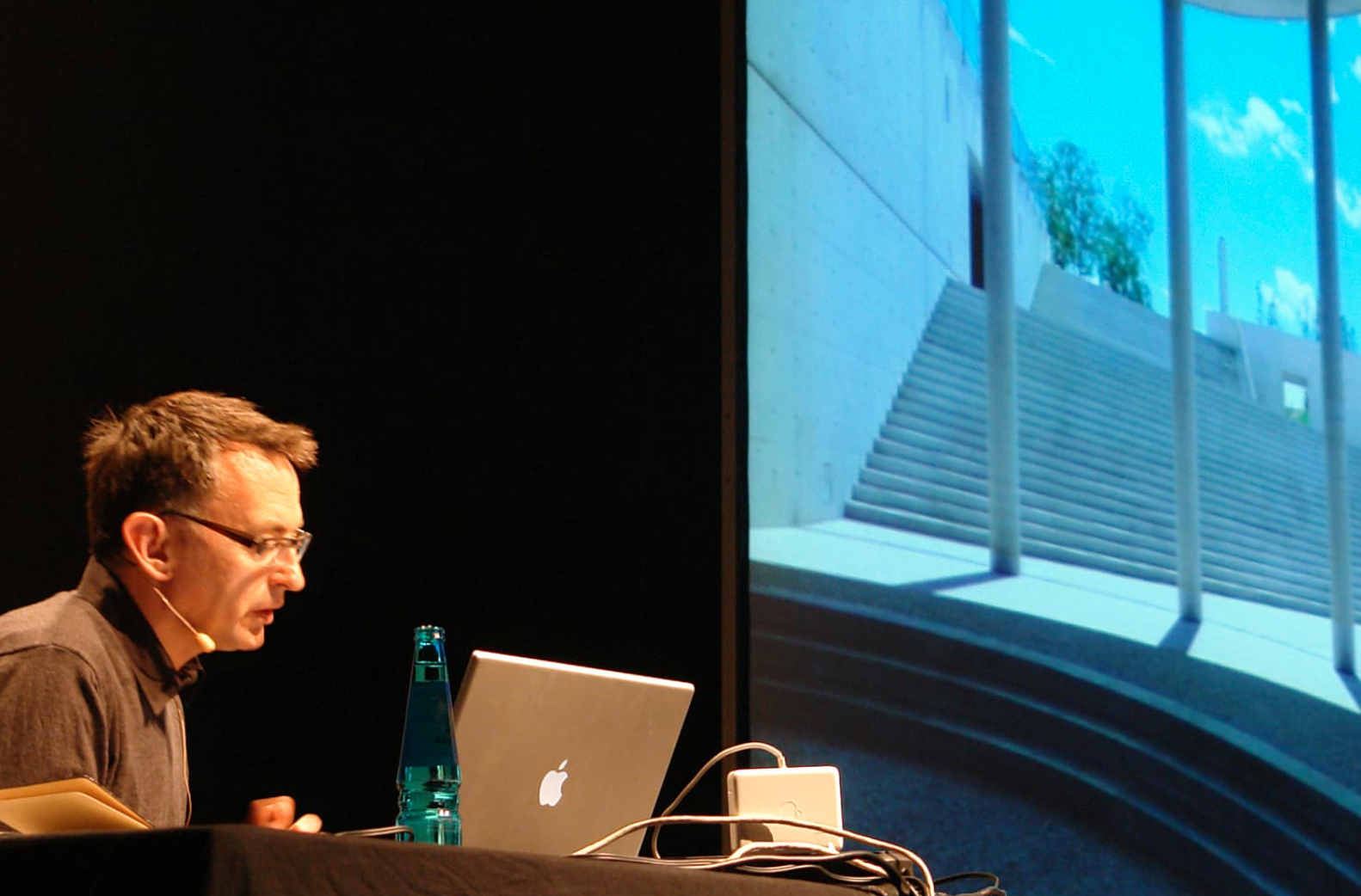
I am forever grateful to him for taking me under his mentorship and inviting me to join Fabrica for the first taste of what would it mean to combine digital technologies, art, and interaction design in an international creative community.